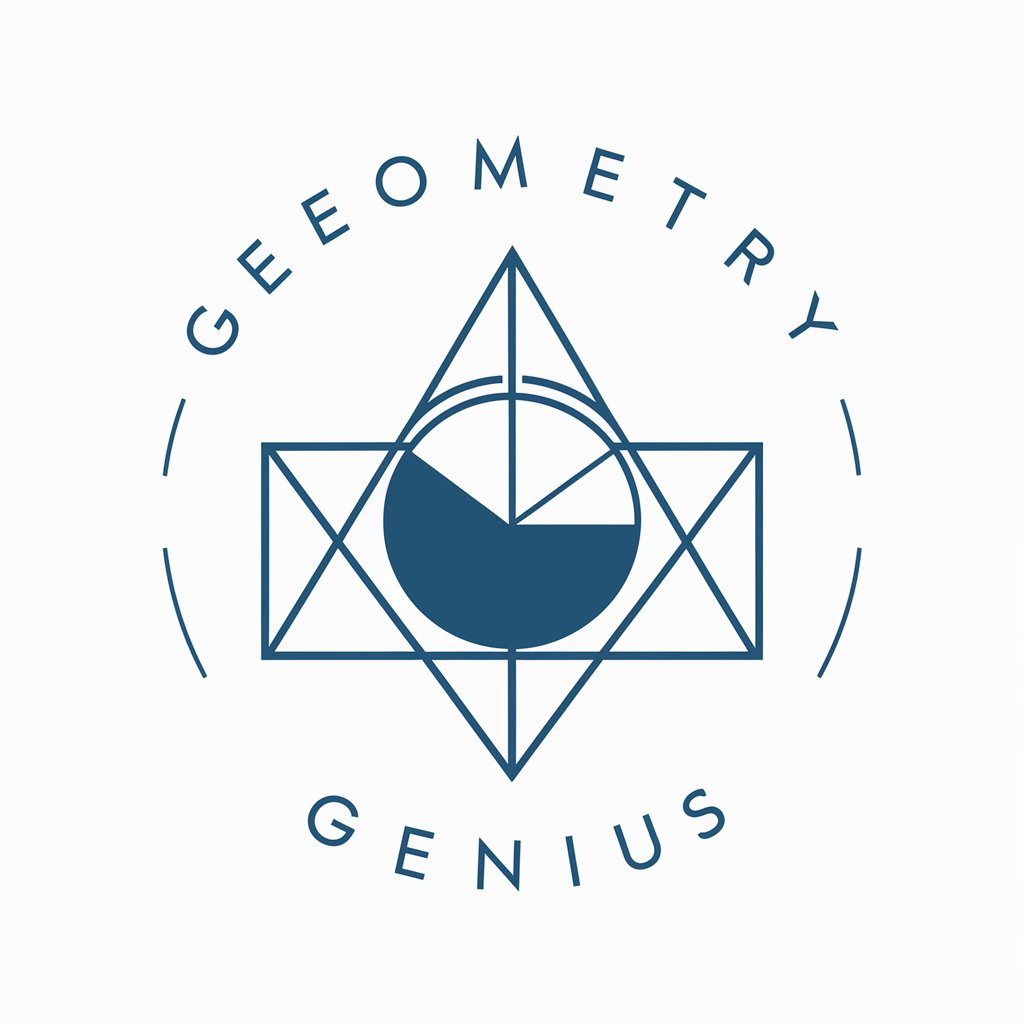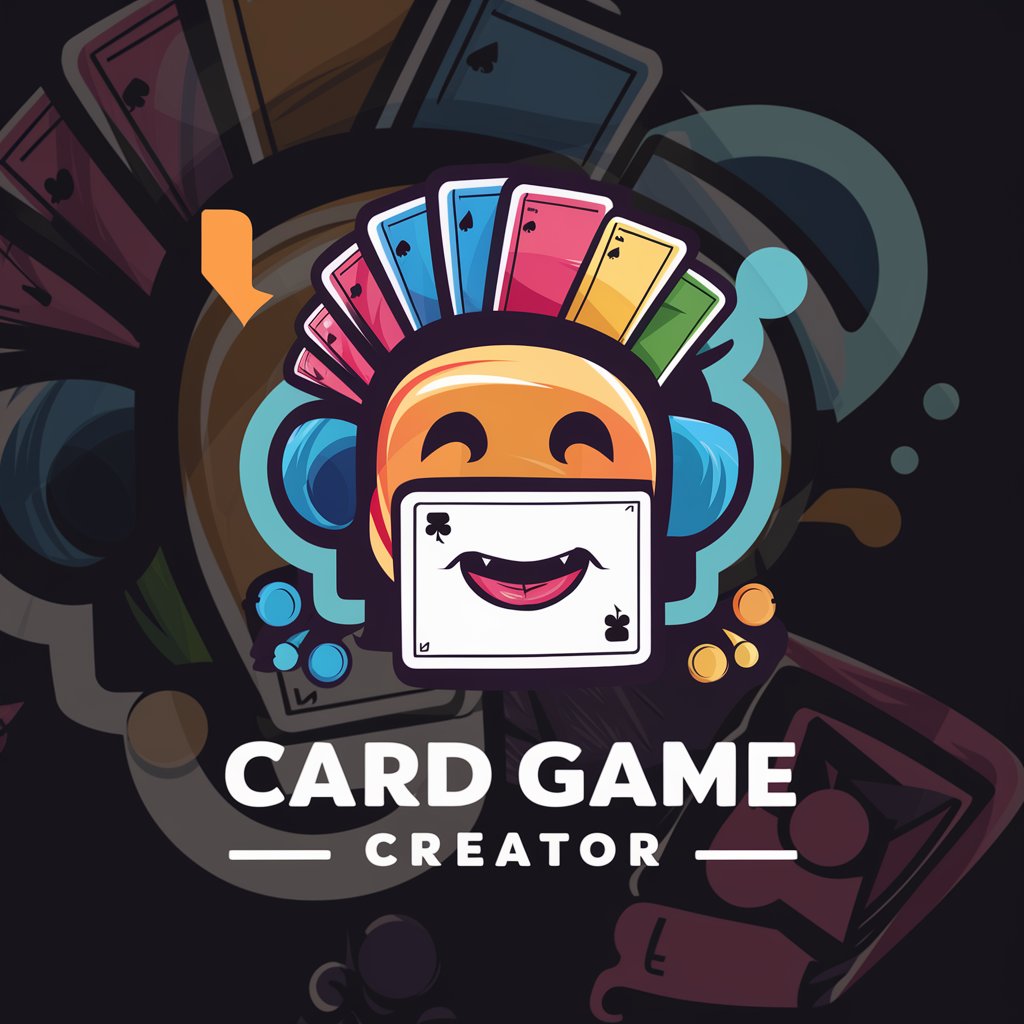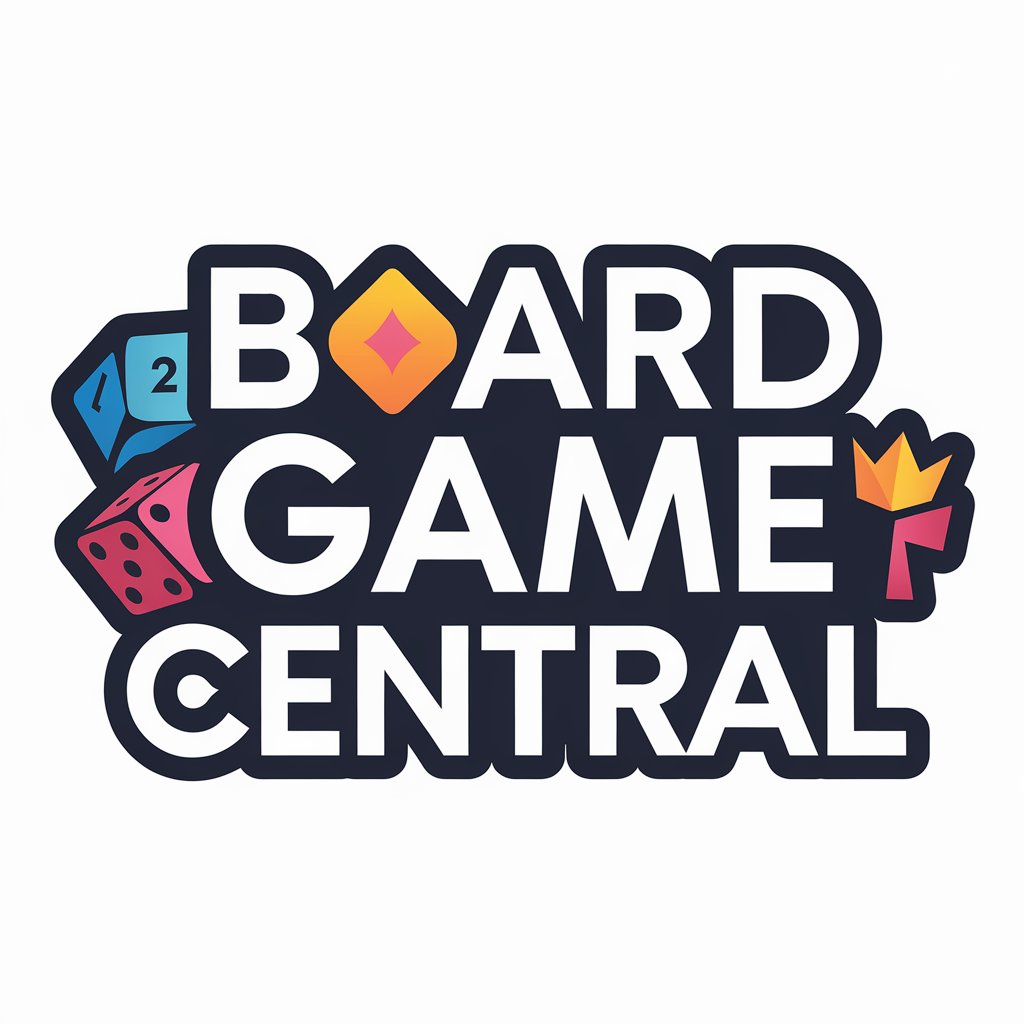
Tic Tac Toe-AI-powered Tic Tac Toe games.
Play Tic Tac Toe with AI power.
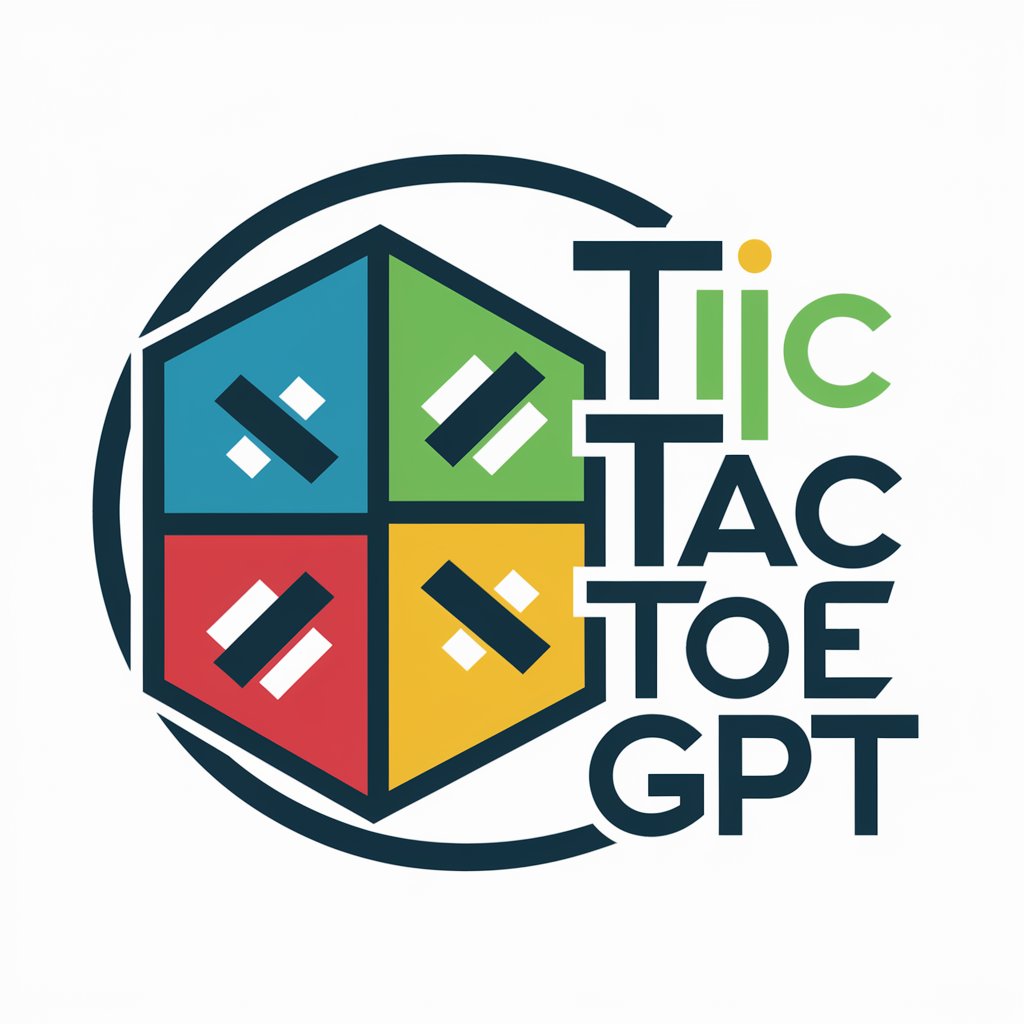
Play Tic Tac Toe vs ChatGPT!
3x3
4x4
5x5
7x7
Get Embed Code
Introduction to Tic Tac Toe
Tic TacJSON Error Fixing Toe is a classic two-player strategy game that revolves around placing symbols (X or O) on a grid in such a way that one player aligns three of their symbols in a row, column, or diagonal. My design purpose as Tic Tac Toe is to simulate and enhance this game experience for users. Through AI-driven gameplay, I act as an opponent, challenging human players to sharpen their strategic thinking and pattern recognition skills. While the game is simple on the surface, it can become a rich environment for analyzing moves, planning ahead, and understanding the principles of basic decision-making. A scenario illustrating my functions is when a user challenges me to a 4x4 Tic Tac Toe game, aiming to understand how both they and I play and adjust to a larger board, leading to deeper strategic choices. An example of a practical usage might involve a casual player testing their skills or a novice player practicing against an AI to improve.
Main Functions of Tic Tac Toe
Game Setup and Customization
Example
Players can customize the game board size before starting.
Scenario
JSON Code CorrectionA Tic Tac Toe player might want to start a standard 3x3 board for a quick game but decide to try a 5x5 grid for a more complex challenge. This flexibility allows players of varying skill levels to adjust the game’s difficulty based on their preferences.
Move Simulation and Turn-based Play
Example
Players alternate between placing X and O on the grid in a turn-based system.
Scenario
During gameplay, each player (or the player against the AI) selects a square in turn, with the AI making a move based on its algorithm. If playing against me, a player might notice I plan ahead for moves, sometimes setting up multiple winning paths, forcing the player to strategize more.
Win Check and Game Resolution
Example
After each move, the game checks for a win condition (three matching symbols in a row).
Scenario
In a game of 3x3, after a few turns, a player may line up their symbols in a row, column, or diagonal. Upon their move, the system checks whether this configuration results in a win and announces the outcome. If no player wins and the grid is filled, the system declares a draw.
Adaptive AI Opponent
Example
The AI can play at varying difficulty levels, from beginner to advanced.
Scenario
If a player selects the 'easy' mode, the AI might make random or suboptimal moves. On the 'hard' level, the AI can make more strategic moves, ensuring that players must carefully think through each of their decisions, mimicking the challenge of playing against a human expert.
Game Replay and Analysis
Example
Players can replay the game, reviewing moves and strategies.
Scenario
After completing a game, a player might want to review the game’s progression to analyze their moves or understand how the AI made decisions. This feature could serve as a learning tool for improving gameplay, helping players notice patterns in their strategic choices or identify mistakes.
Ideal Users of Tic Tac Toe
Casual Gamers
Casual gamers looking for a quick and easy game that provides entertainment but doesn’t require heavy commitment. They may be playing Tic Tac Toe for short breaks or to pass the time. These users benefit from the simplicity of the game, combined with AI that offers a variety of difficulty levels for enjoyment.
Beginners and Learners of Strategy Games
Individuals who are new to strategy games or wish to practice their decision-making skills in a low-pressure environment. By playing against an AI opponent, they can learn how to think ahead, develop basic strategies, and experience the concepts of blocking, setting up multiple threats, and anticipating an opponent’s moves.
Parents and Children
Parents who want to introduce their children to basic logical thinking and strategy through a simple and engaging game. Tic Tac Toe can be a fun, interactive activity that encourages learning through play. It’s ideal for teaching children about turn-taking, the concepts of winning and losing, and fostering good sportsmanship.
Competitive Players
Competitive players who enjoy sharpening their minds through intellectual challenges. These users might engage in more complex board sizes or choose the advanced levels of AI, striving to beat the game with sophisticated strategies. The ability to change difficulty levels and analyze games afterward allows these players to continually improve and test their limits.
Data Analysts or Developers
Developers and data analysts who might use Tic Tac Toe for experimentation, testing AI algorithms, or examining decision-making patterns. For instance, testing AI responses or simulating different gameplay outcomes can provide insights into optimization strategies and behavioral modeling.
Tic Tac Toe Guide
Visit the website
Go to aichatonline.orgJSON Code Error Fix for a free trial. No login or subscription to ChatGPT Plus is required to start playing.
Choose your board size
Select the size of the Tic Tac Toe board you want to play on. You can choose from standard 3x3 up to larger boards for more challenging games.
Start the game
You will be randomly assigned as either X or O. The game starts with the first player making a move on the board.
Make your move
Take turns with the AI or another player to place your symbol on an empty spot on the board. Each player can only move once per turn.
Check for a winner or draw
After each move, the game will check if there's a winner (3 symbols in a row, column, or diagonal). If the board fills without a winner, it results in a draw.
Try other advanced and practical GPTs
Helpful Content Analyzer By Sarvesh
AI-powered content scoring for Google SEO

مترجم احترافي للعربية
AI-powered Arabic translation and refinement

The Profile System A.I
AI-driven content creation made easy.

JJ Never Sleeps Resume Reviewer
AI-powered resume optimization and feedback.

IB Biology Buddy 2025
AI-Powered Tool for Mastering IB Biology

Magyar-Angol Fordító
AI-powered Hungarian-English translator for precision and clarity

Excel Data Analysis and Visualization
AI-powered insights from your Excel data

Resumo PDF Expert
AI-powered summaries for deep academic insight

印度股票分析大师
AI-driven insights for smarter investments.

GPT 4o Games Channel
Engage, challenge, and entertain with AI-powered games.

1.4. - Bases teoricas
AI-powered tool for seamless theoretical framework creation.
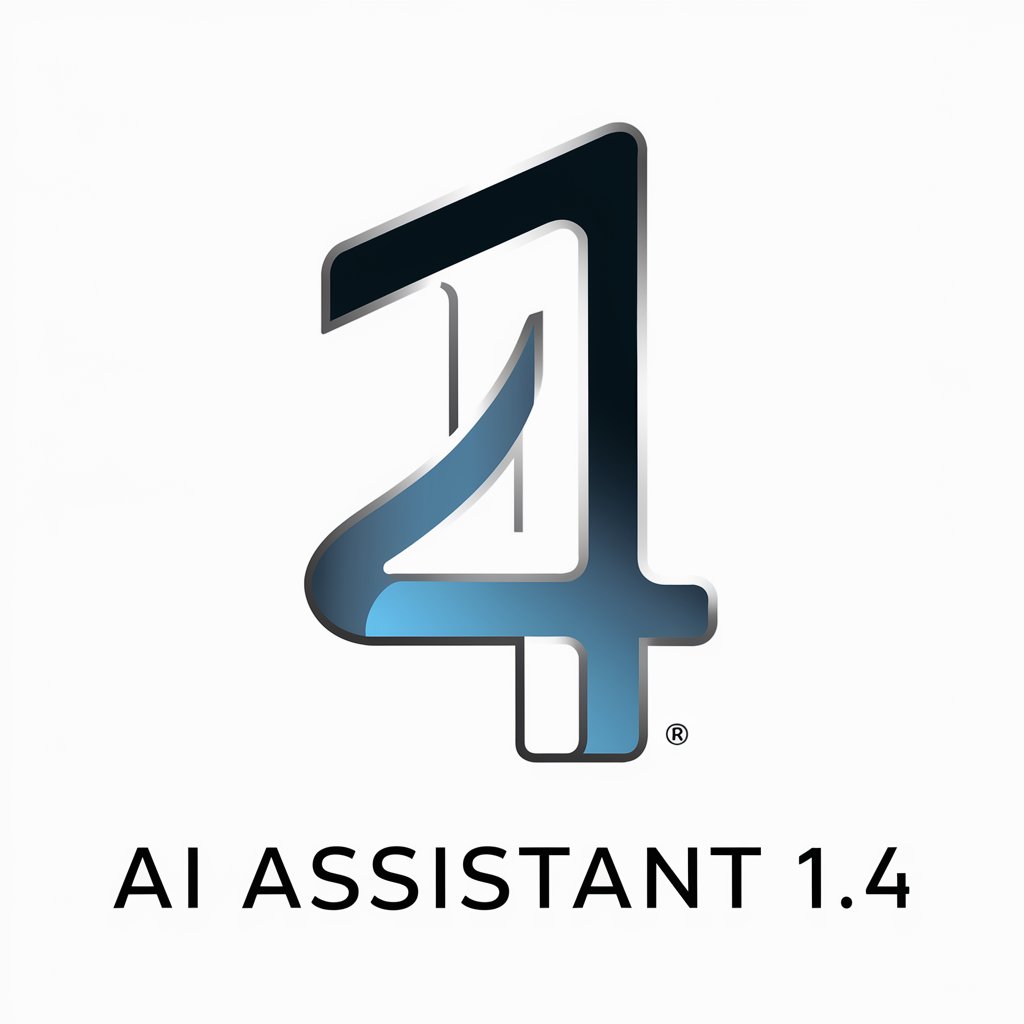
Website Content Analyzer
AI-powered content insights for website optimization.

- Skill Development
- Casual Play
- Challenge AI
- Multiplayer Games
- Strategy Practice
JSON Code CorrectionTic Tac Toe Q&A
How do I start a game?
To start, simply visit aichatonline.org and select your preferred board size. You'll automatically be placed in a match with either another player or the AI.
What if I make a mistake in my move?
Once a move is made, it cannot be undone. Be sure to double-check your placement before confirming your move.
Can I play against the AI?
Yes, you can choose to play against the AI, which adapts to your skill level for a more dynamic and challenging experience.
What happens when the board is full but no one wins?
If the board fills up without a winner, the game ends in a draw. You can start a new game by refreshing the page.
Can I change the size of the board during the game?
No, the board size must be selected before the game begins. If you'd like a different size, you'll need to restart the game.


